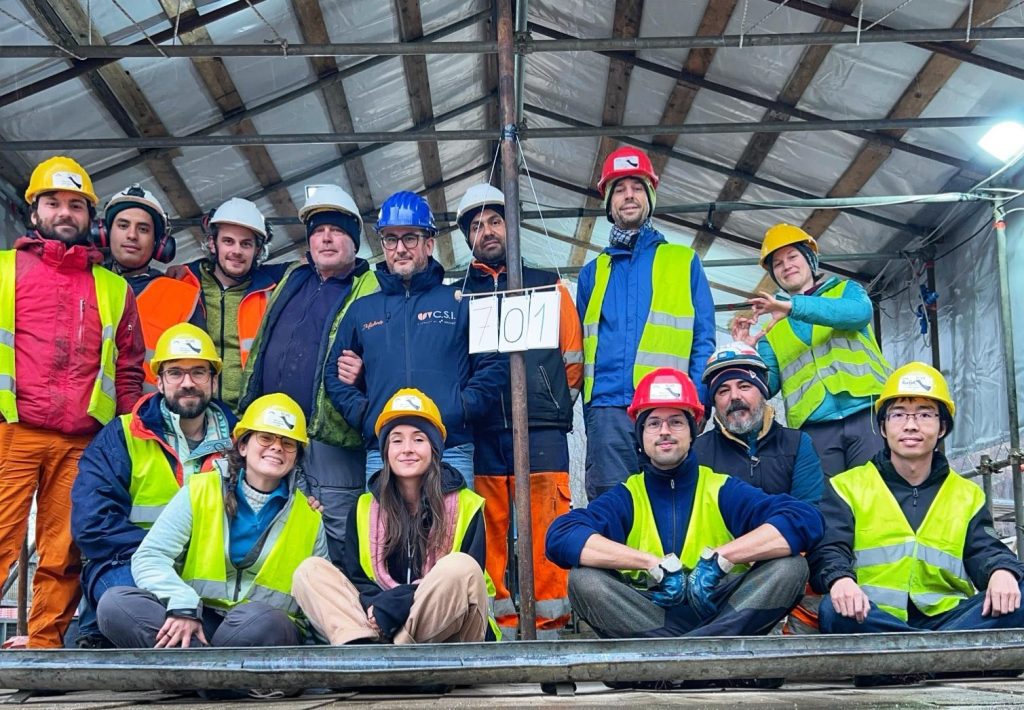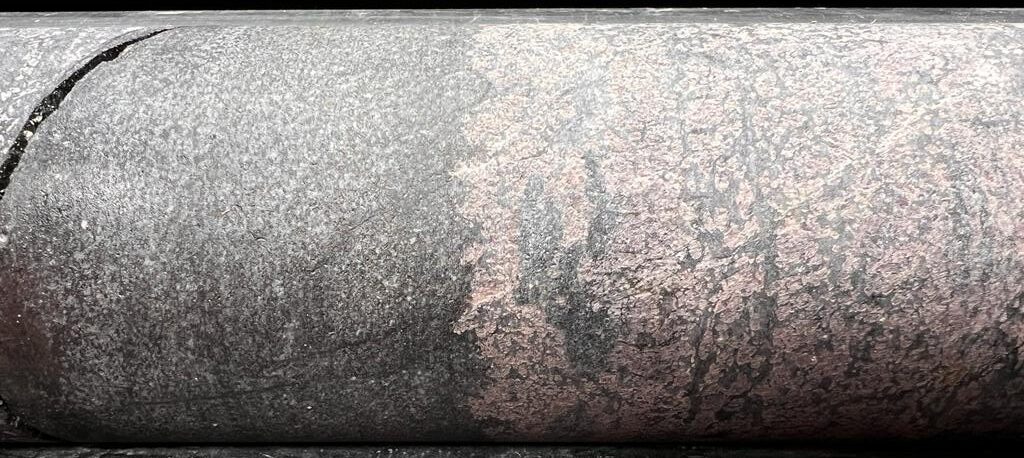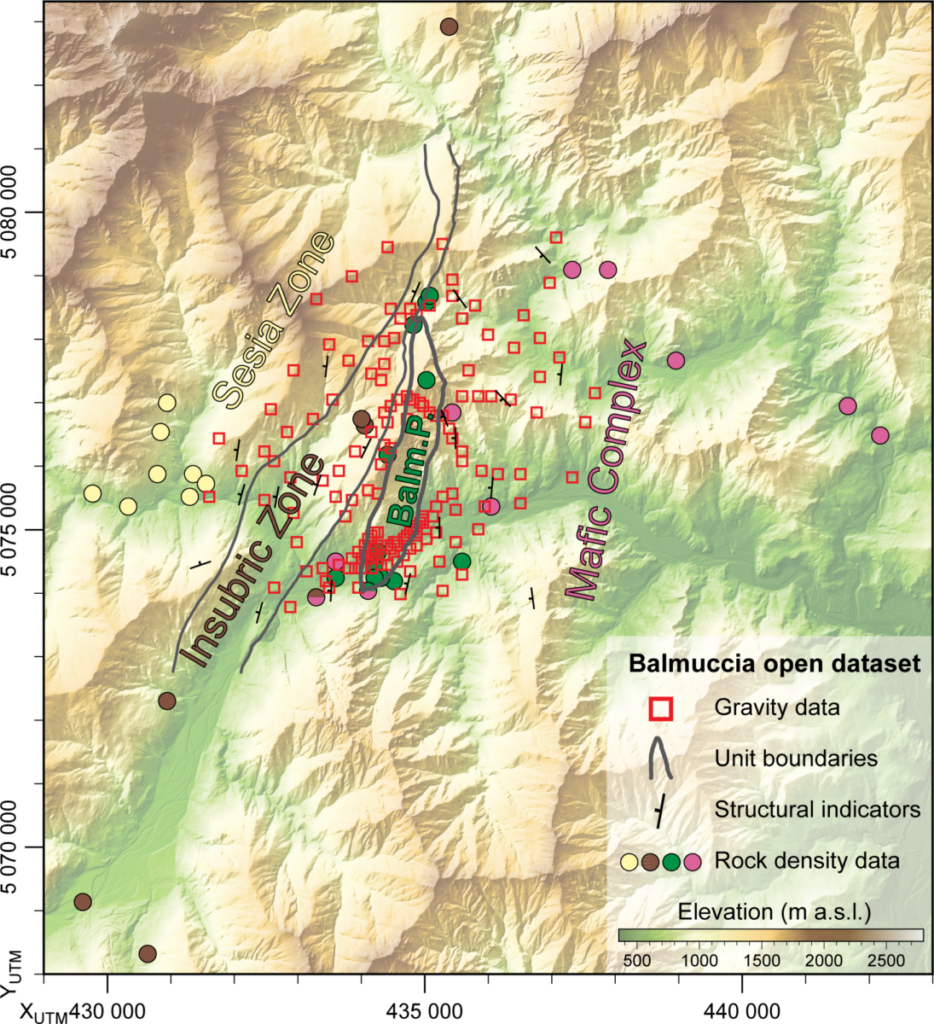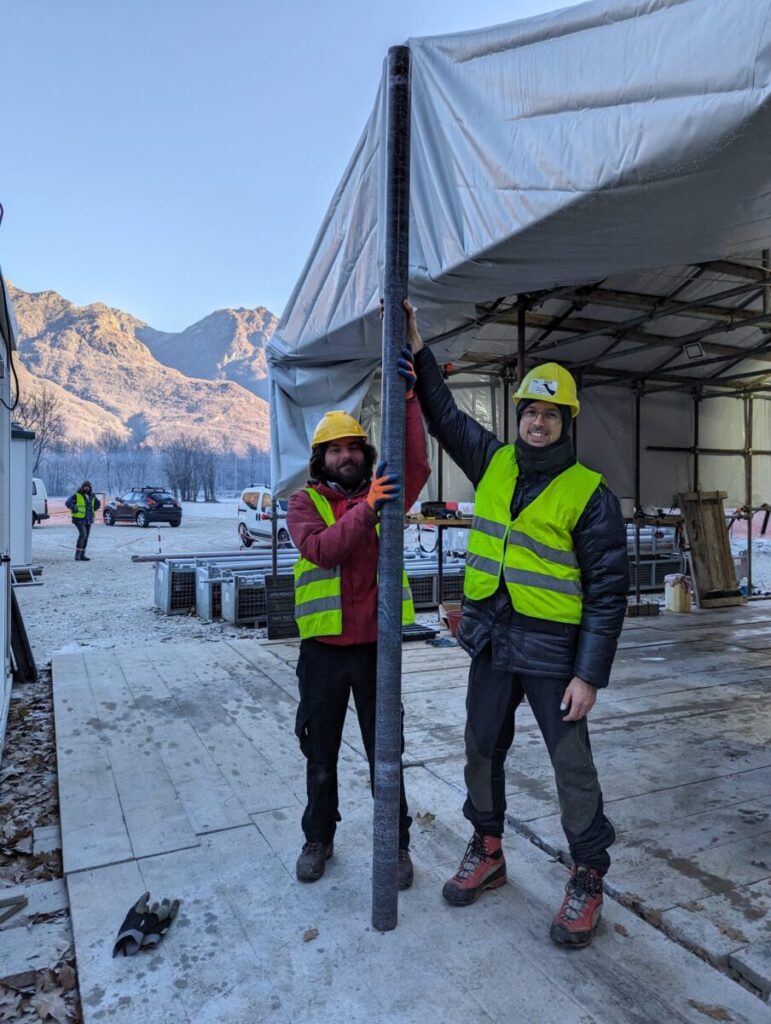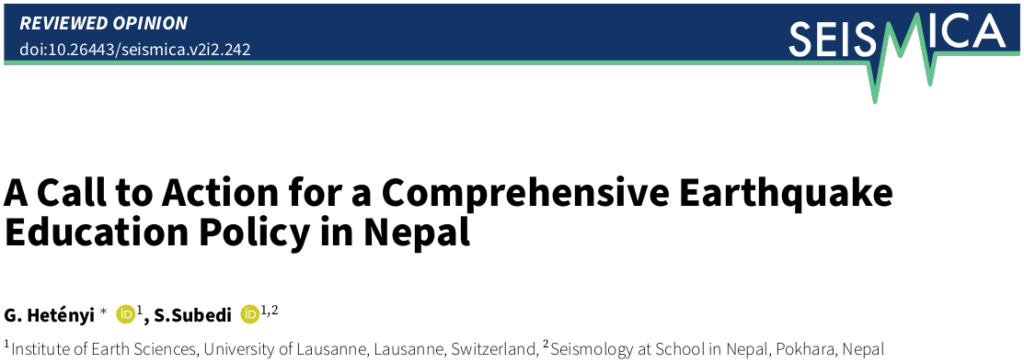After half a year spent in Megolo di Mezzo, the drilling activities at the DT-1A borehole are now completed. The hole has reached a final depth of 909.5 metres, fully cored! A little closing ceremony took place at the end of April (see photo), before borehole logging activites on site, and final core description and sampling party in the core repository (in preparation). A big THANK YOU to everyone who has contributed the successful operations!


